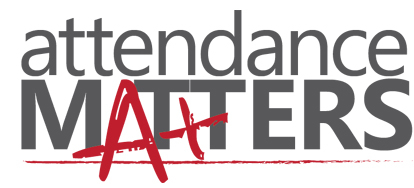You would think the morning roll call in a classroom would be the easiest part of the day.
How could a student, a school, a school district or an entire state’s school system possibly fail at just a show of hands?
Well, more than 38% of our state’s 657 public schools not only did not meet the standard for attendance, but that number jumped by about 8% from the past school year.
Those figures were released last week in West Virginia’s annual Balanced Scorecard
That translates into 250 schools having at least 20 percent of their student population with chronic absences. Chronic absence is calculated as having missed 18 or more days of the 180-day school year — 10%.
Imagine 20% of a workplace’s employees missing 18 days of work in nine months. There goes any production targets, profit margins and probably some jobs.
We are not going to get into the math and English language arts scores, though in that latter category things were not that bad. Only 14% of the state’s 116 high schools did not meet the standard.
As for math, you don’t want to know, but 86% of high schools did not meet the standard.
But back to attendance, it is self-evident, not to mention backed by reams of studies, that attendance goes hand in hand with achievement, or not.
Perhaps the greatest concern is students are more likely to eventually drop out of school or not ever graduate from high school or further their education.
Absenteeism in state schools only got progressively worse, too, last year as students aged, rising from elementary (16% chronically absent) to middle (20%) to high school (24%).
The data showed that 59% of the state’s high schools failed to meet even the minimum standard for attendance. Six percent met or exceeded that standard.
Though many will be quick to blame everyone from teachers and principals to school board members and superintendents, we believe like most problems they start at the source.
In this case, in the home with the adults in the household, the parents of these children who are chronically absent.
We sympathize with the challenges of keeping tabs on and struggling with teenagers who might defy or circumvent doing the right thing at every turn.
More of us than want to admit it have fought that fight and even been the reason for it back in the day. But our best advice is don’t surrender to the path of least resistance.
That only ensures future failings and hardships for your son or daughter up the road. Somebody should tell us the first time we step into a classroom that this might be the last chance to learn some lessons.
Then we might want to learn to the limit, and call out, “Here,” every day of every school year while doing so.




